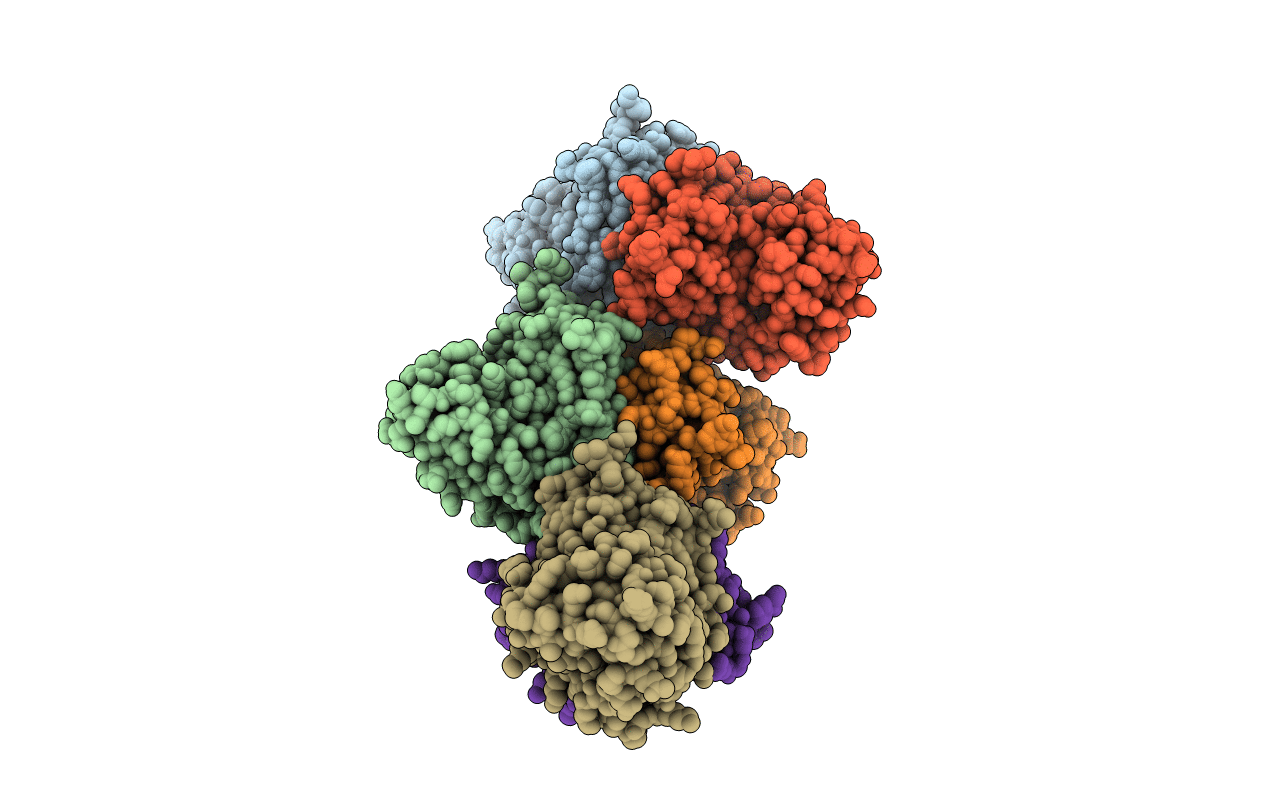
Deposition Date
2011-04-27
Release Date
2011-07-13
Last Version Date
2023-11-01
Entry Detail
PDB ID:
3RPN
Keywords:
Title:
Crystal structure of human kappa class glutathione transferase in complex with S-hexylglutathione
Biological Source:
Source Organism:
Homo sapiens (Taxon ID: 9606)
Host Organism:
Method Details:
Experimental Method:
Resolution:
1.90 Å
R-Value Free:
0.21
R-Value Work:
0.18
R-Value Observed:
0.18
Space Group:
P 1 21 1


